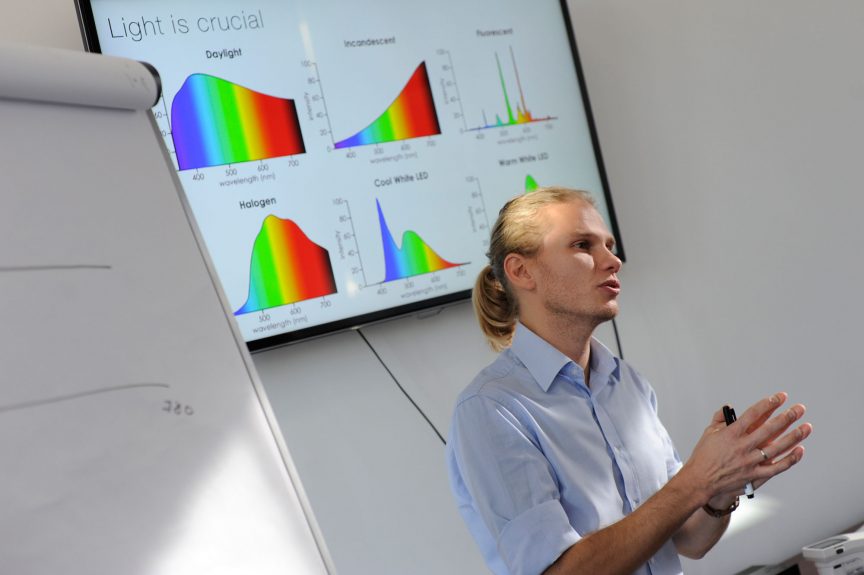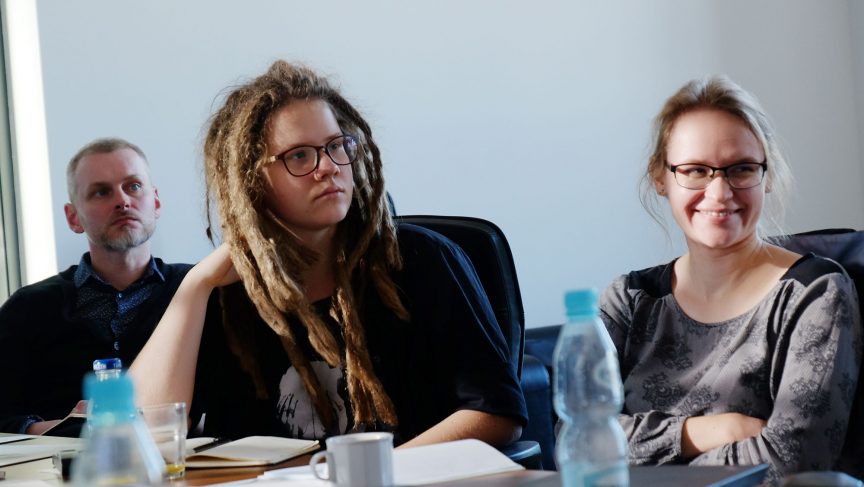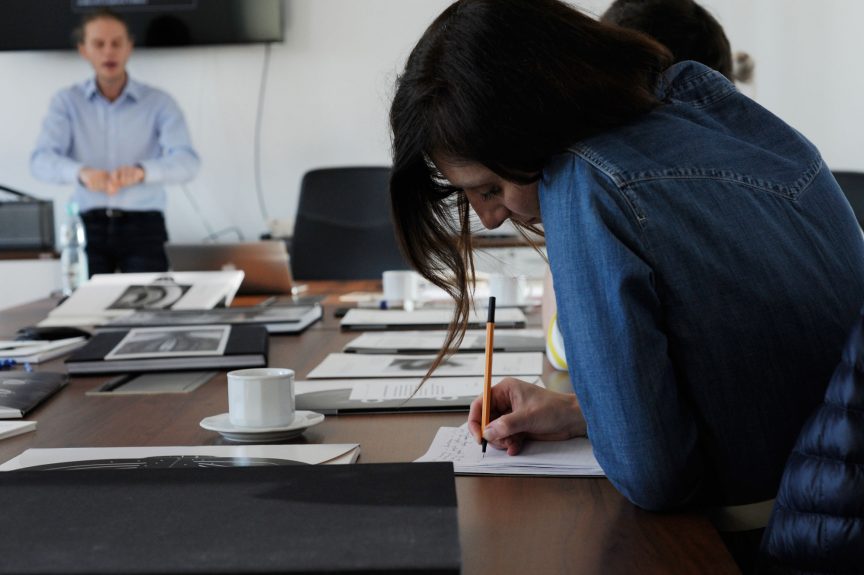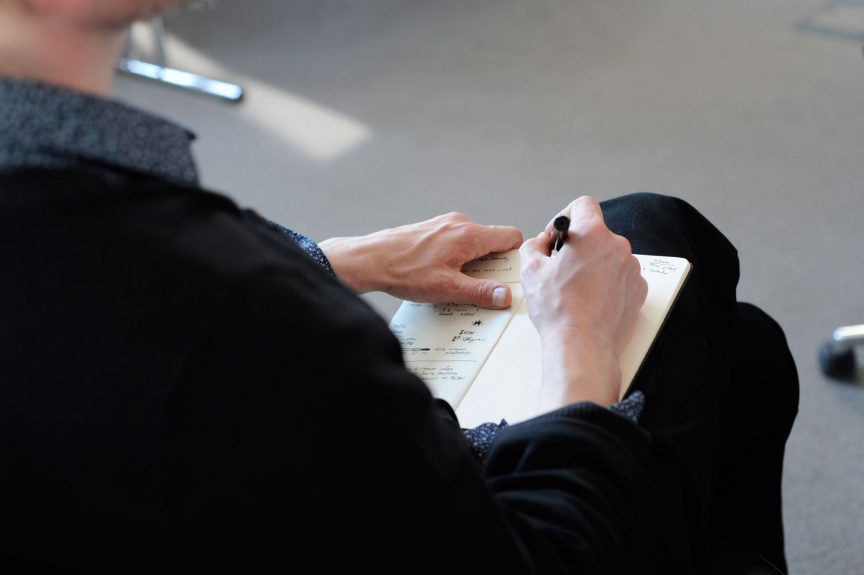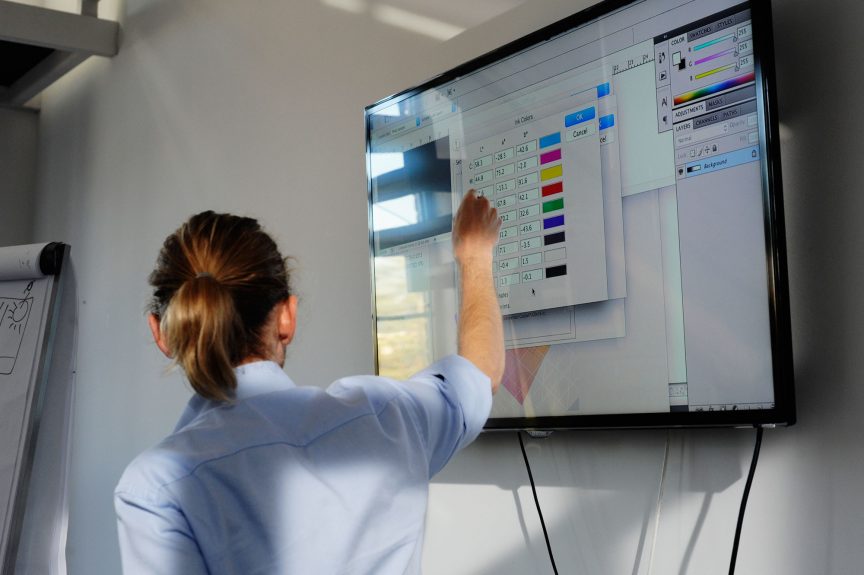screening
technology / print
designing perfectly shaped screening dot in art reproduction
The most common experience related to putting work to print is “is it in a CMYK” and “on what kind of paper”. Well, I don’t ask these questions. However, what I care about the most is the natural end result.
In printing presses, in most cases, one fixed screening is used, that is, a graphic way of translating half-tones into pure channels, such as from black to make light gray.
The overwhelming majority of my work is related to the individual selection of the screen shape in order to obtain the proper sharpness of the punk, the smoothness of tonal transitions and the purity of the line. However, visual images are one thing and hard technological reality is completely different.
While working with digital presses usualy I have and option to use one of several AM dot shaped screens in different linatures.
That’s all. Nothing new can be obtained here, and since the devil is in the details, it is them that need to be dealt with. This particular entry is about printing with two different, designed specially from scratch frequency modulated screenings which simply goes as FM. One of them was used especially for rendering high-contrast points made with a rapidograph, while the other was intended to approach the artist with both brush strokes and delicate sketches made with a pencil. An important aspect was the output resolution, i.e. the size of the printing point and the fact that I used only one channel – black.
In printing presses, in most cases, one fixed screening is used, that is, a graphic way of translating half-tones into pure channels, such as from black to make light gray.
The overwhelming majority of my work is related to the individual selection of the screen shape in order to obtain the proper sharpness of the punk, the smoothness of tonal transitions and the purity of the line. However, visual images are one thing and hard technological reality is completely different.
While working with digital presses usualy I have and option to use one of several AM dot shaped screens in different linatures.
That’s all. Nothing new can be obtained here, and since the devil is in the details, it is them that need to be dealt with. This particular entry is about printing with two different, designed specially from scratch frequency modulated screenings which simply goes as FM. One of them was used especially for rendering high-contrast points made with a rapidograph, while the other was intended to approach the artist with both brush strokes and delicate sketches made with a pencil. An important aspect was the output resolution, i.e. the size of the printing point and the fact that I used only one channel – black.
I was responsible for: screen design, choosing right technology, file preparation and printing,
printing press: HP Indigo 10000, HP Indigo 20000,
screen: FM, ~35mikron in black channel


